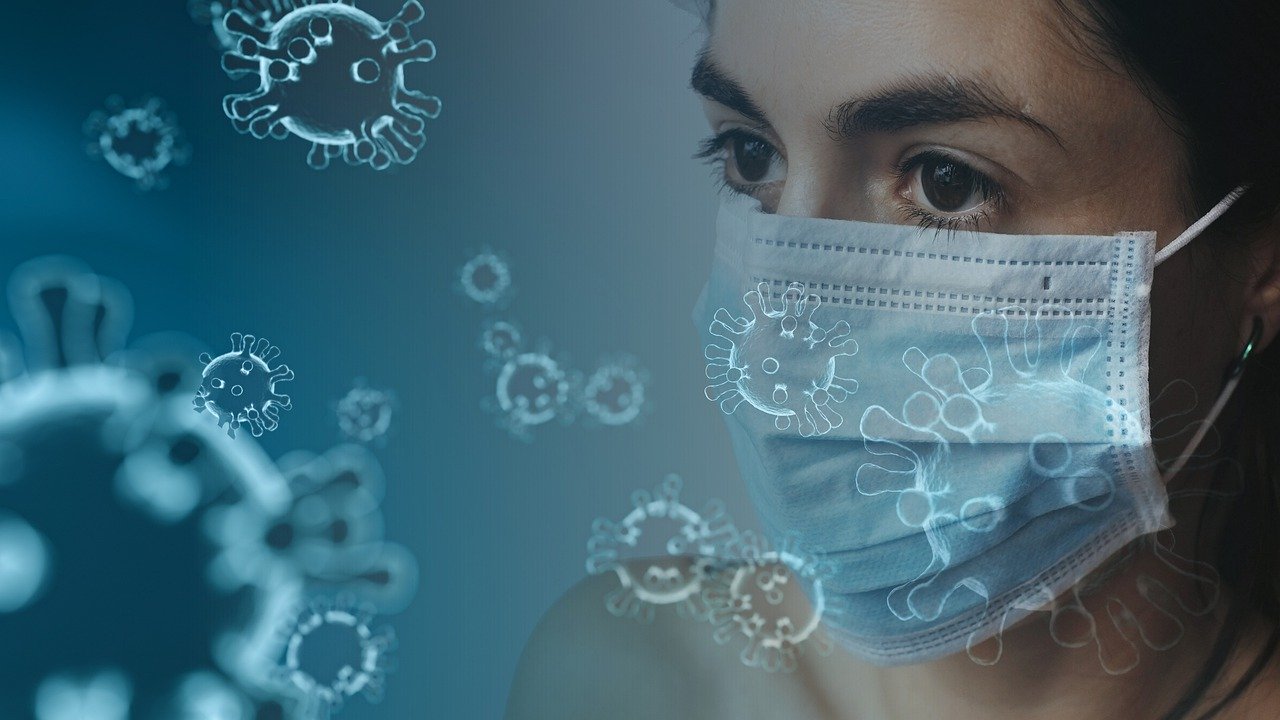
New research conducted by scientists from various US based universities like Harvard University, University of Nebraska Medical Center, University of Illinois at Urbana-Champaign concluded that SARS-CoV-2 (novel coronavirus) RNA exists in respired aerosols less than 5 μm in diameter; that aerosols containing SARS-CoV-2 RNA exist in particle modes that are produced during respiration, vocalization, and coughing.
This study sought to characterize the presence of SARS-CoV-2 in particles consistent with the potential to result in aerosol transmission between patients. Although not all particles measured by the Aerodynamic Particle Sizer Spectrometer (APS) may be attributable to patient extrusions, increases in particle count while measurements were being taken using the APS were anecdotally observed to occur when patients were talking and coughing.
The aerosol modes observed in this study were compared to those from previous observations of human aerosol production during respiratory activities. The small aerosol mode, with a mean diameter between 0.64 and 0.80, is consistent with particles found in exhaled breath in previous studies. This mode of aerosol was observed in all manner of human respiration including breathing, vocalization and coughing and has been attributed to particles produced deep in the bronchial region, referred to as the Bronchiolar Fluid Film Burst (BFFB) mechanisms. Particles in the larger modes observed in this study are more consistent with those produced in the larynx during vocalization and coughing.
As per this finding, observation of fine mode aerosol particles containing infectious SARS-CoV-2 particles leads to several general observations about the potential transmission of SARS-CoV-2. The results of this study, along with the evidence of the stability of SARS-CoV-2 in aerosol and that SARS-CoV-2 infects respiratory tissue provide indications that SARS-CoV-2 may be transmitted via the airborne route.
The results were published in medRxiv on 21st July, 2020.
This study supports the use of efficient respiratory protection and airborne isolation precautions to protect from exposure to fine SARS-CoV-2 aerosol when interacting with infected individuals, regardless of symptoms or medical procedure being performed.










